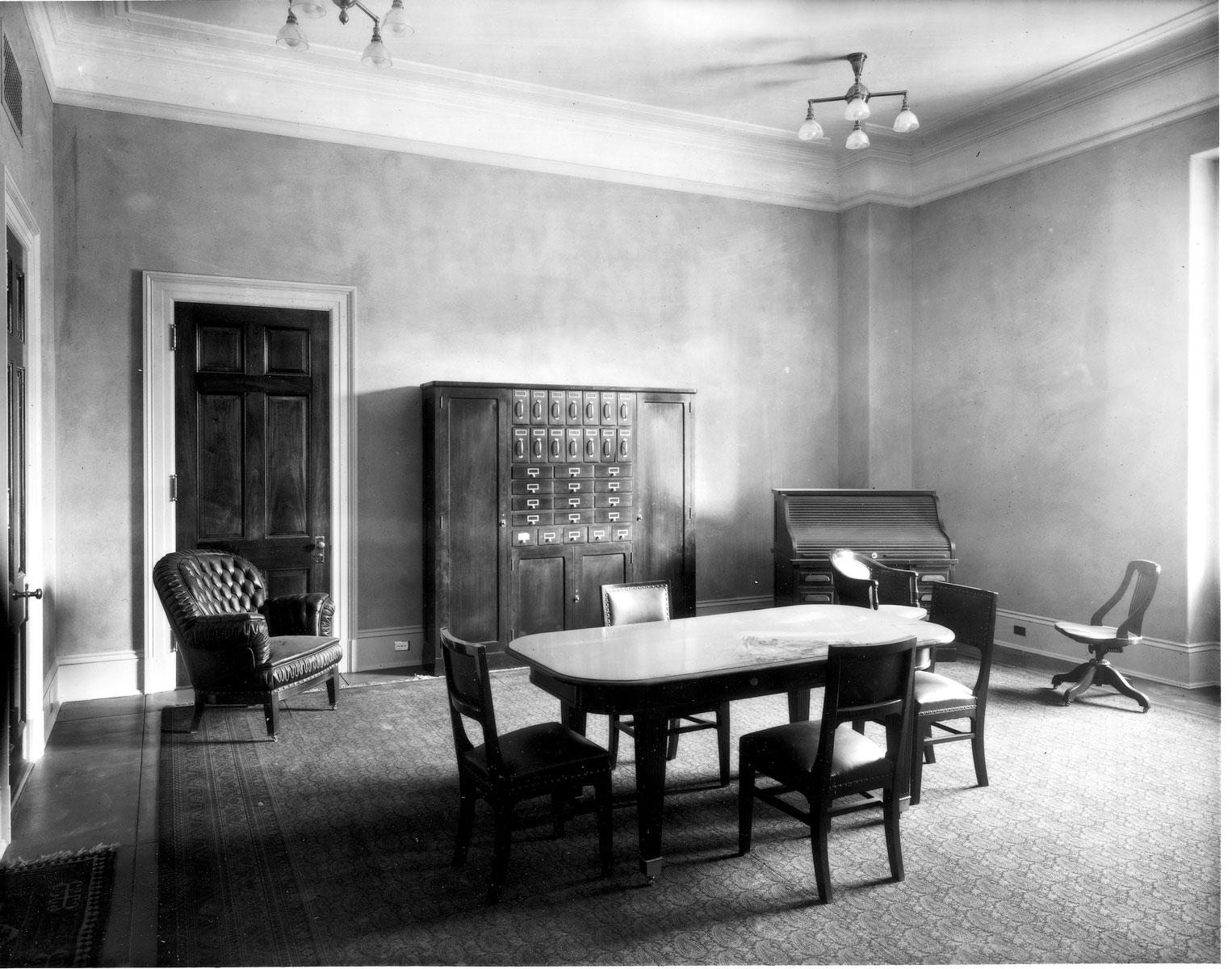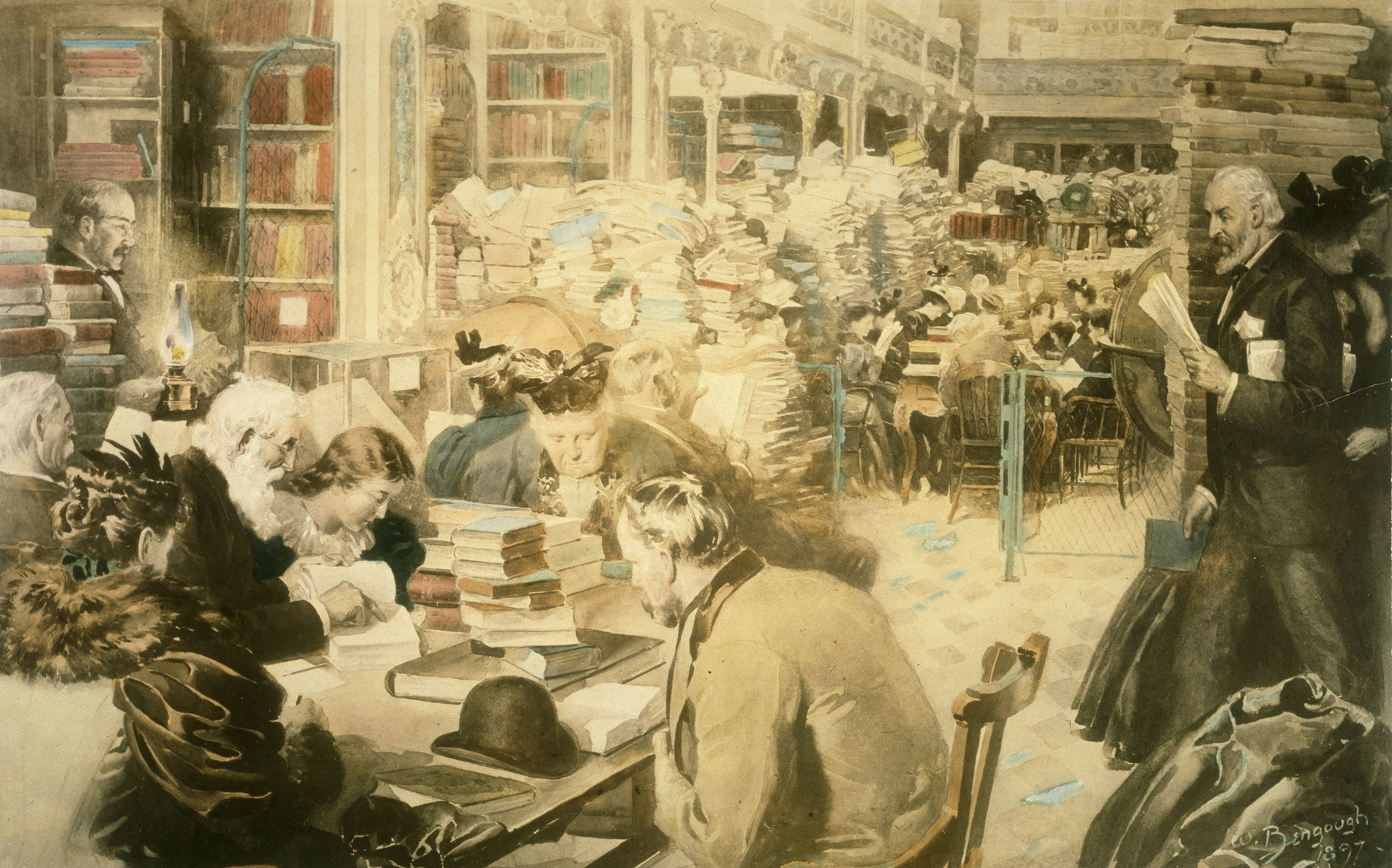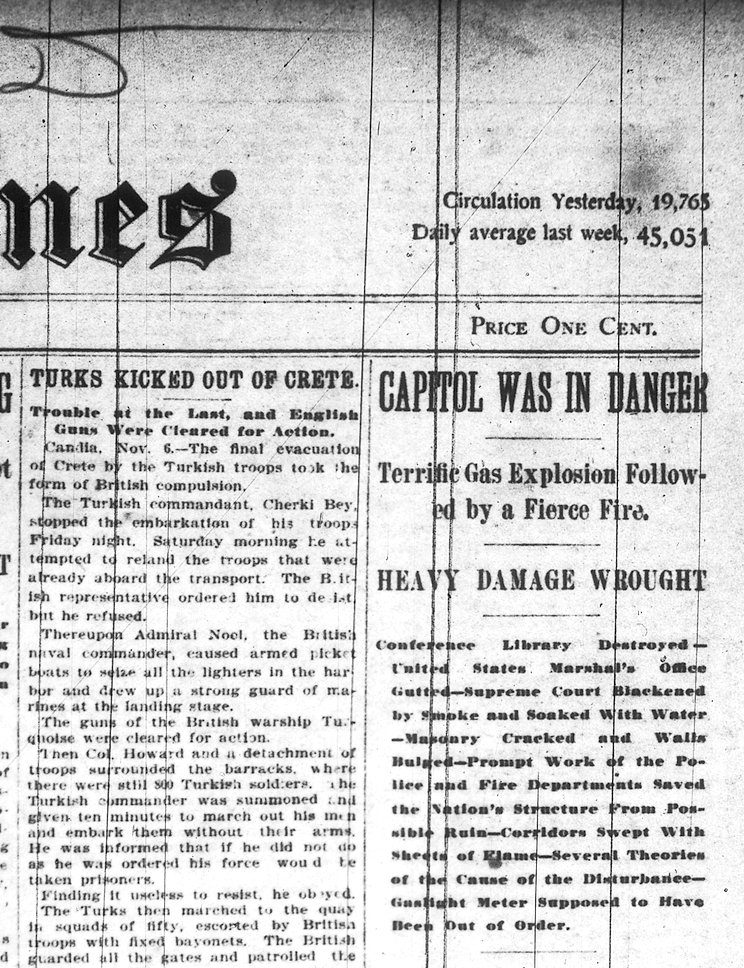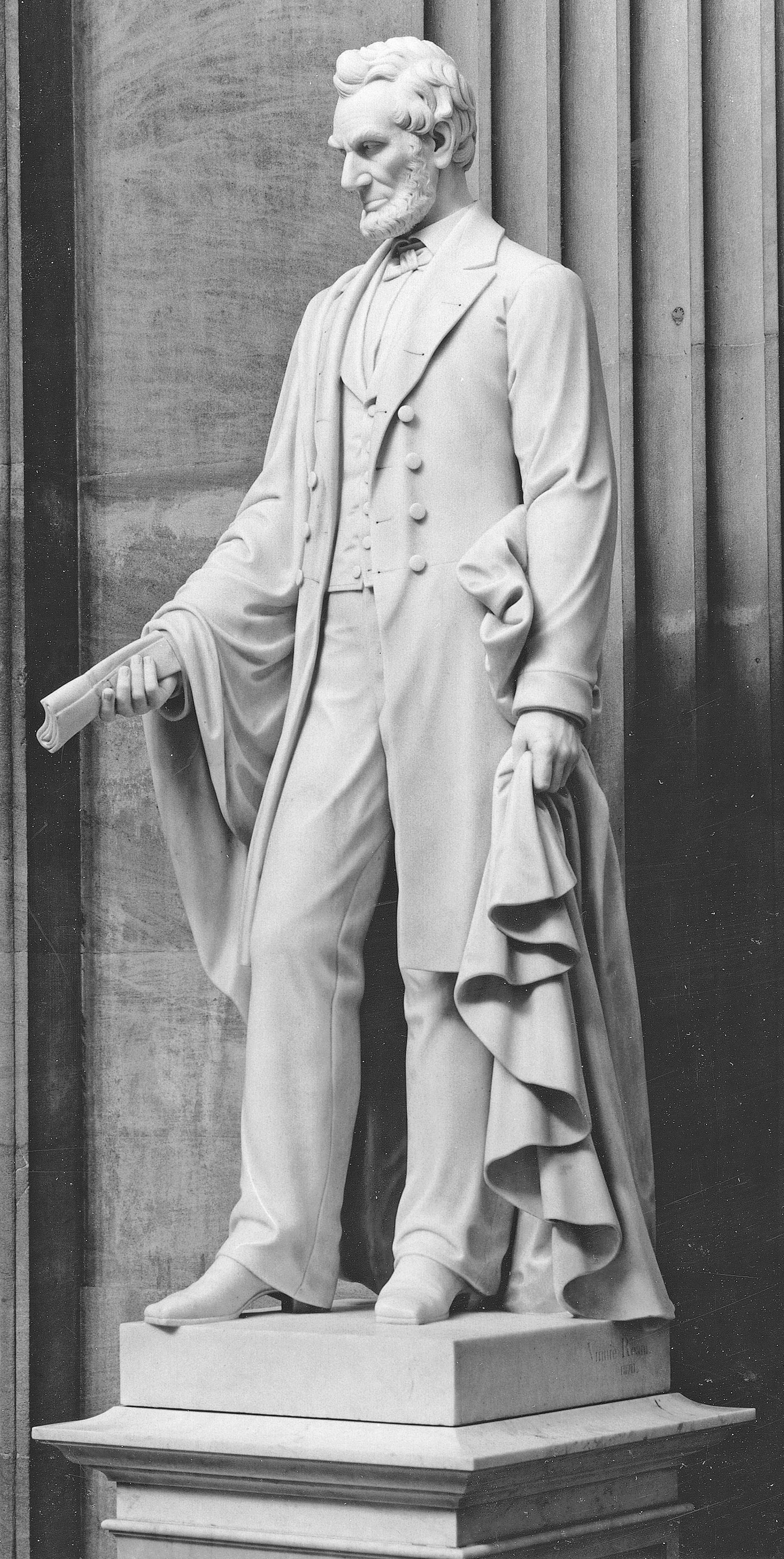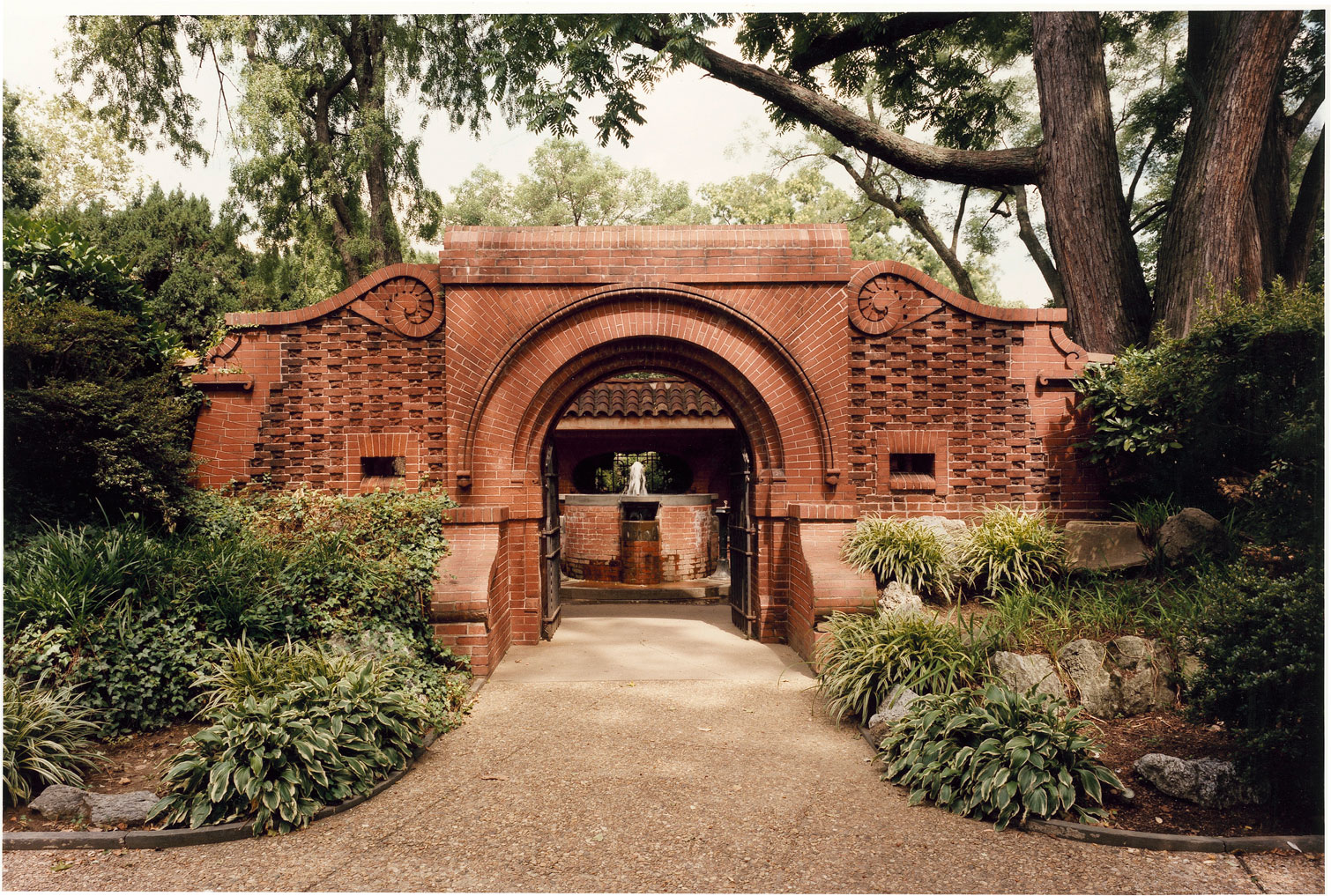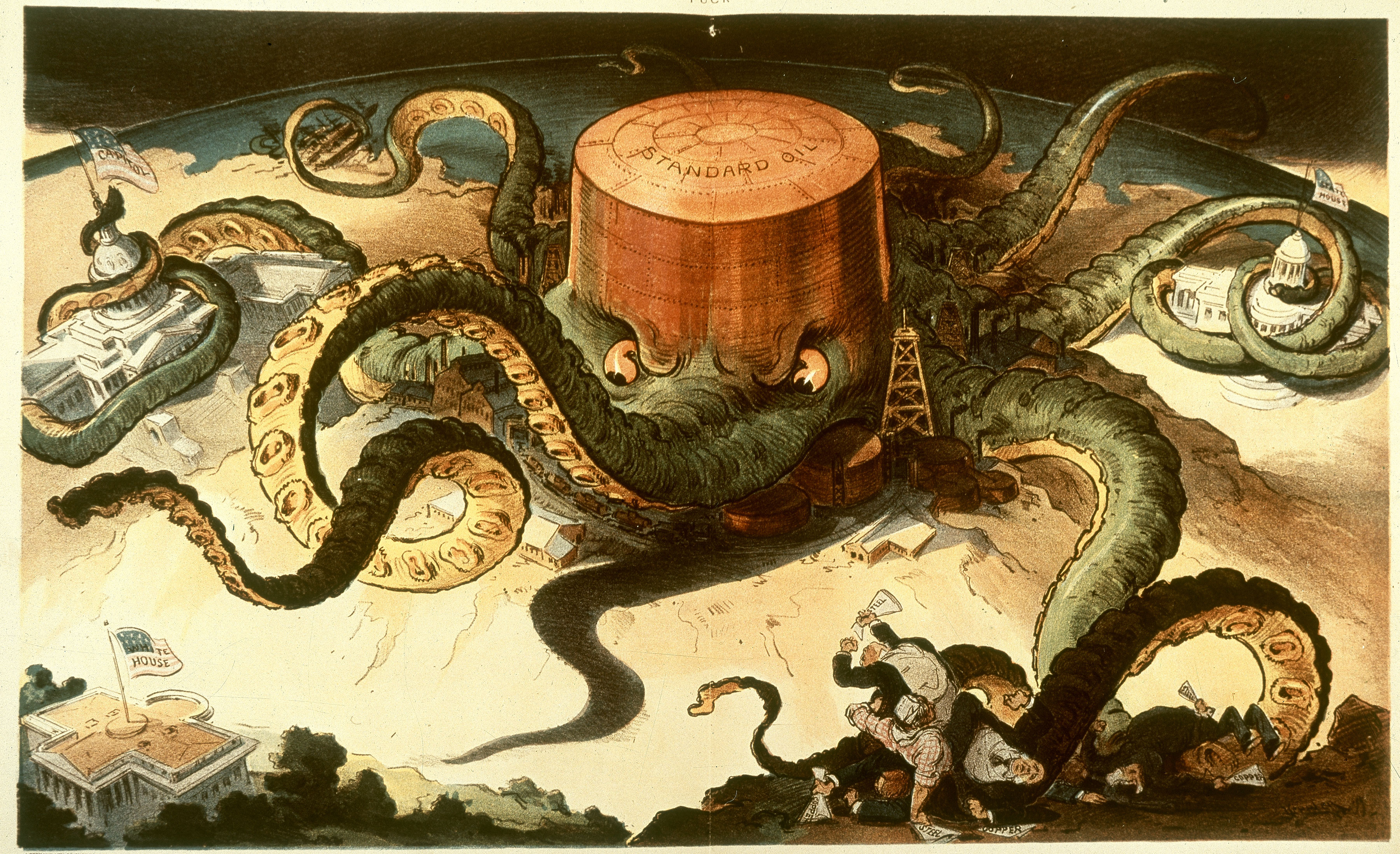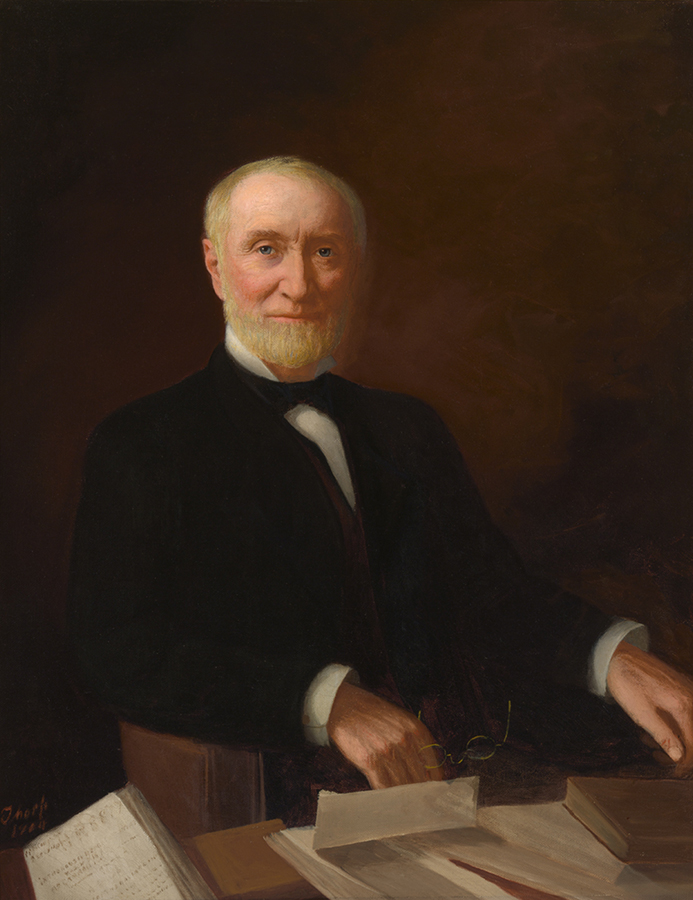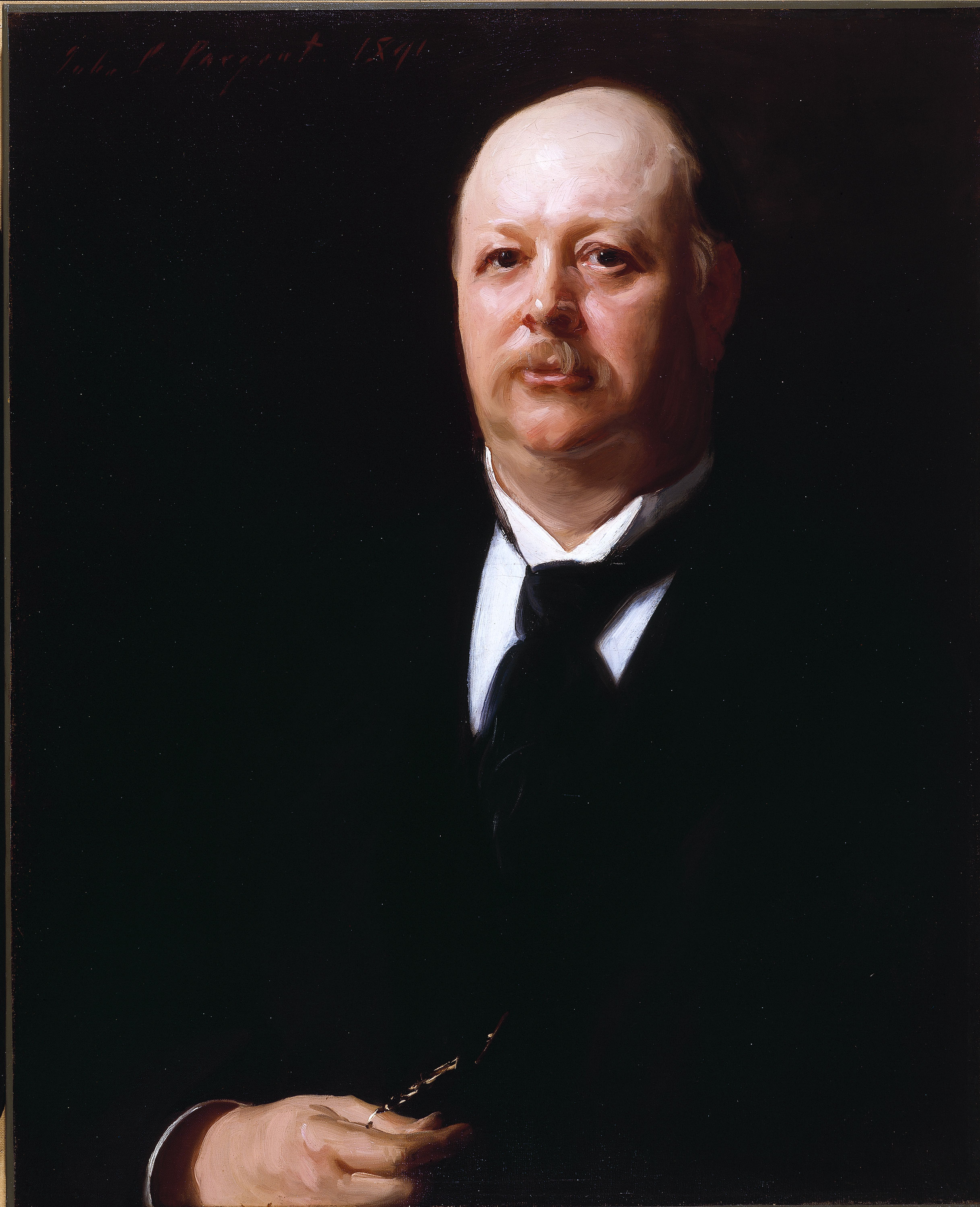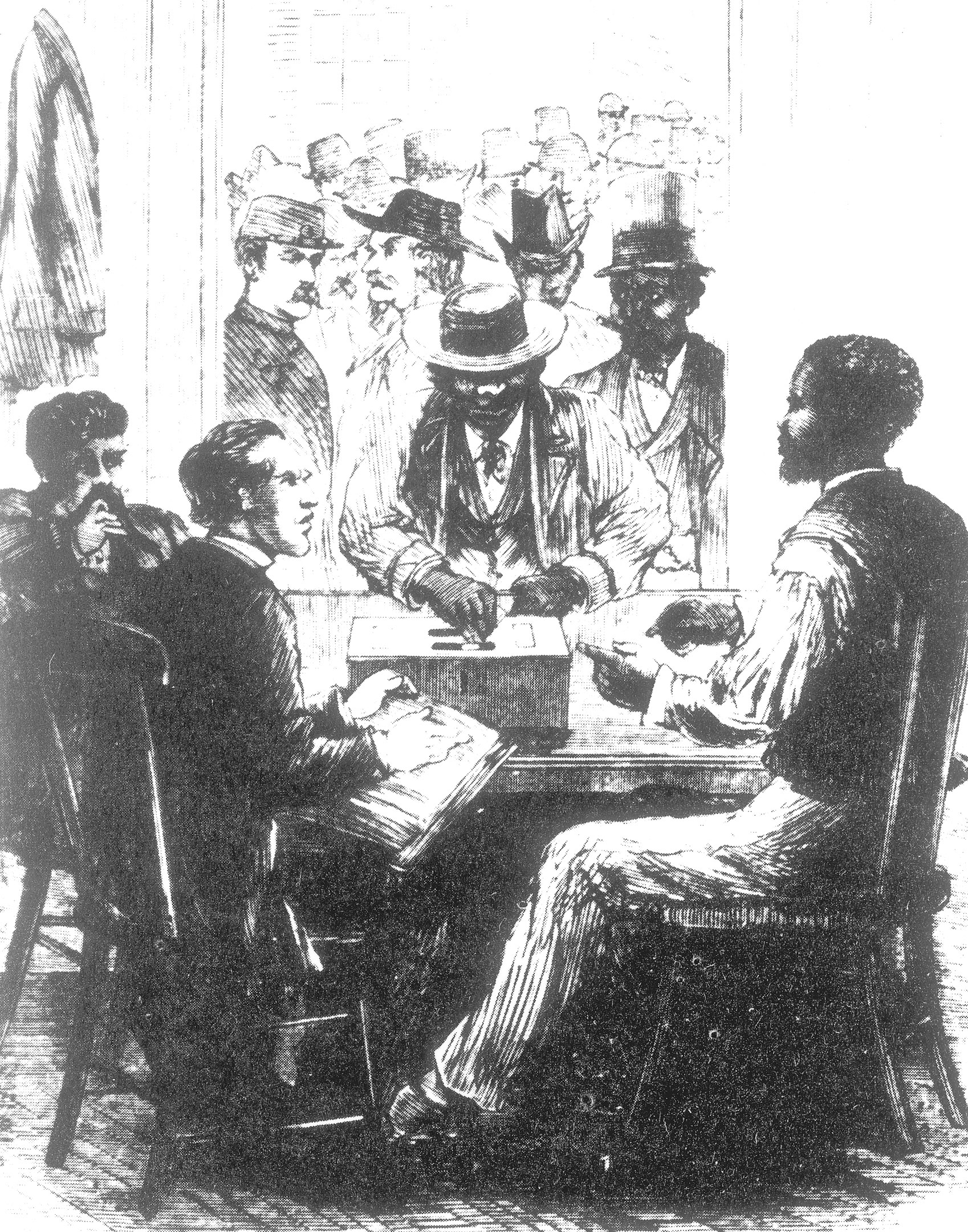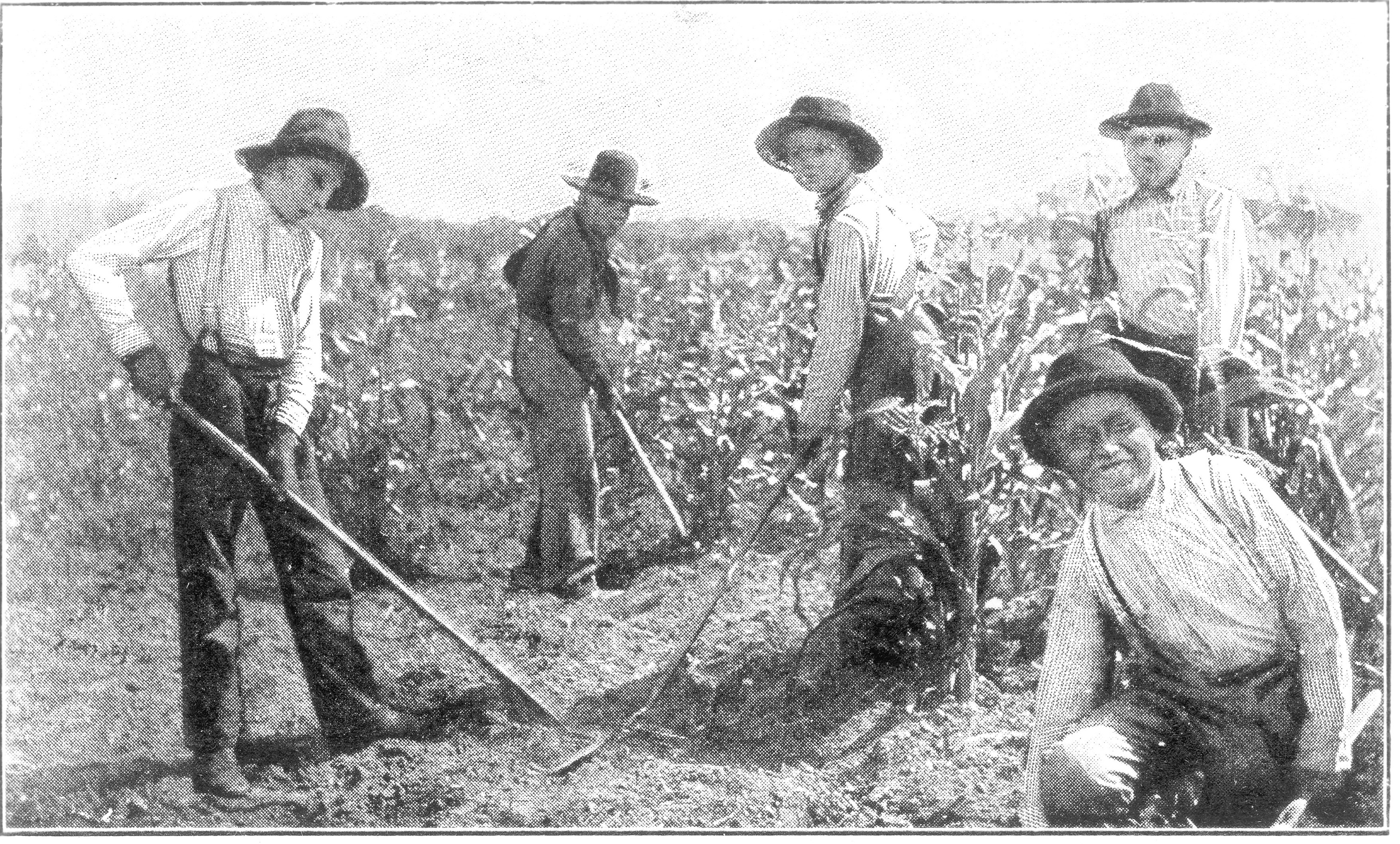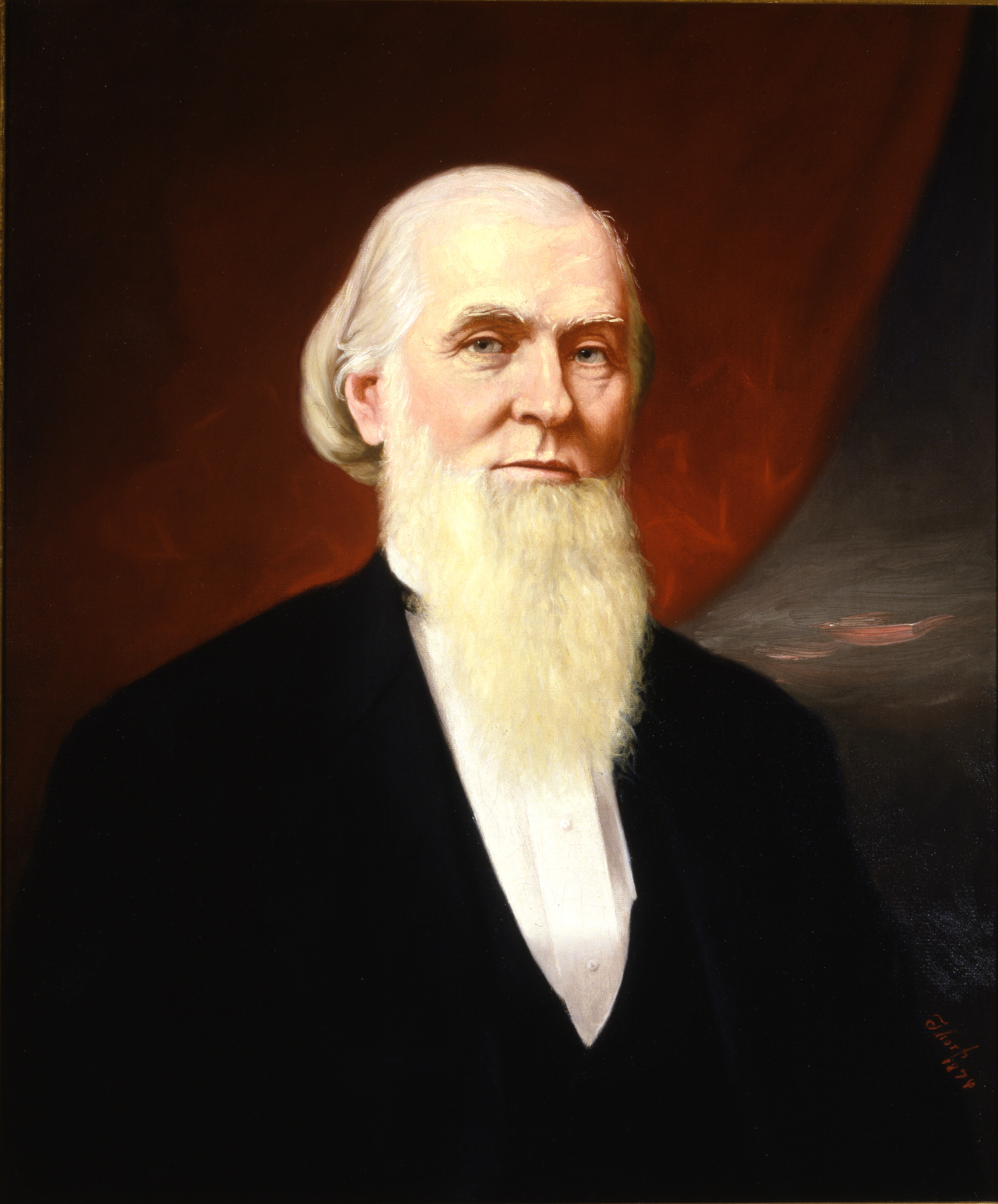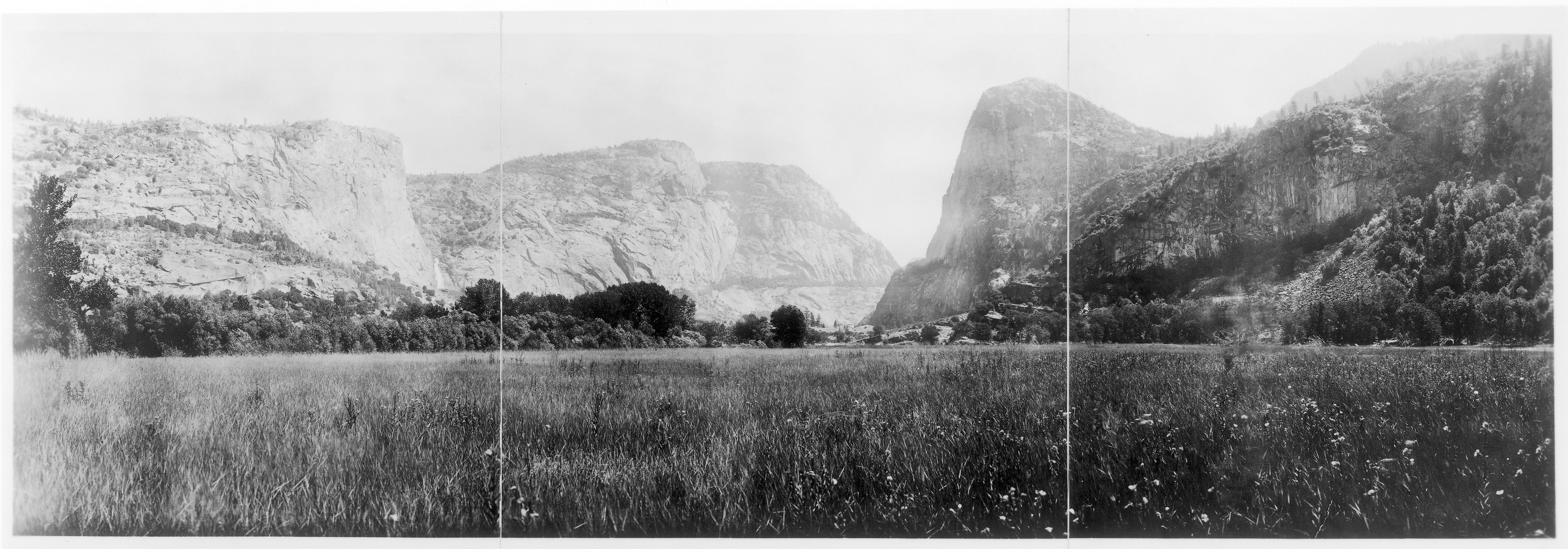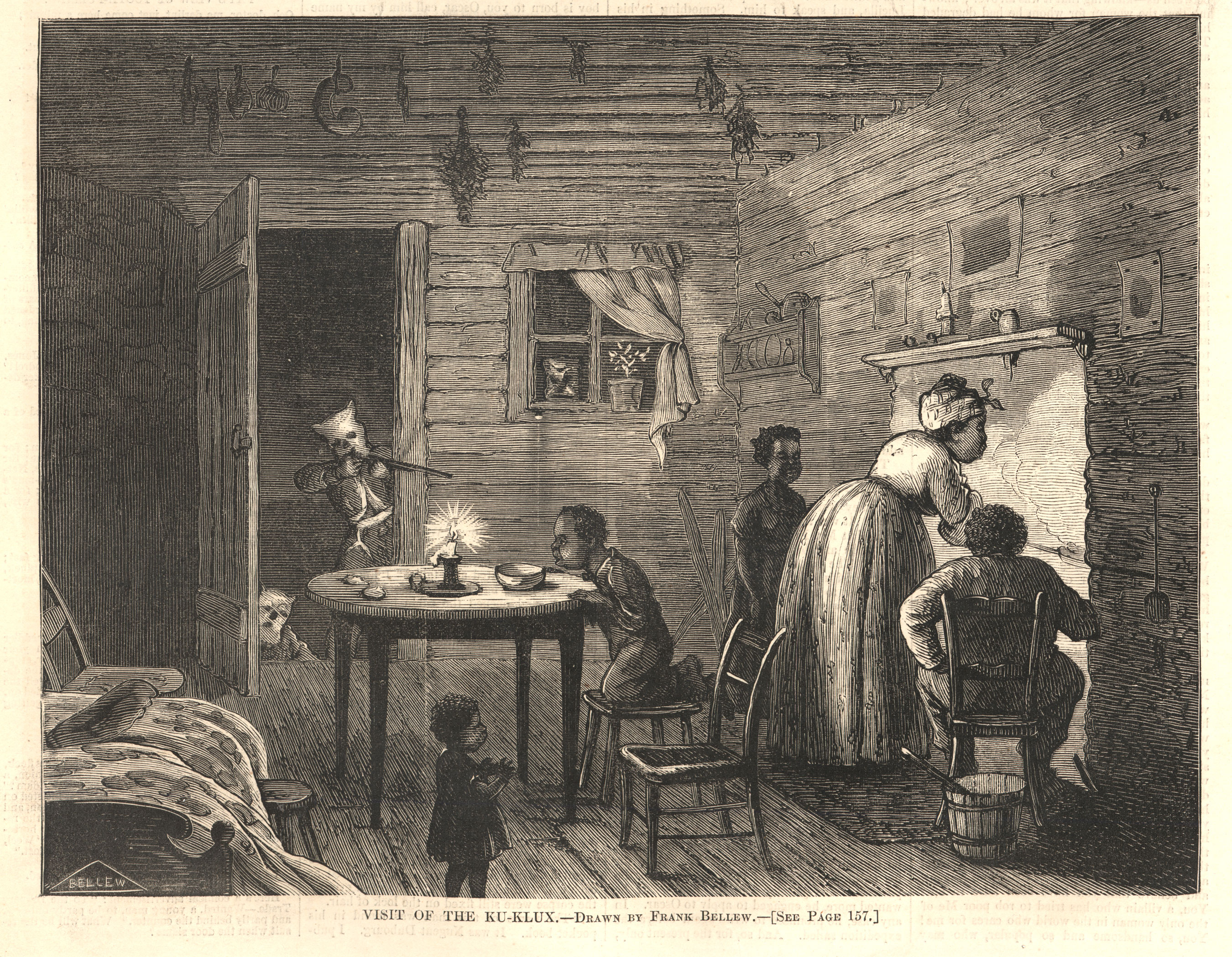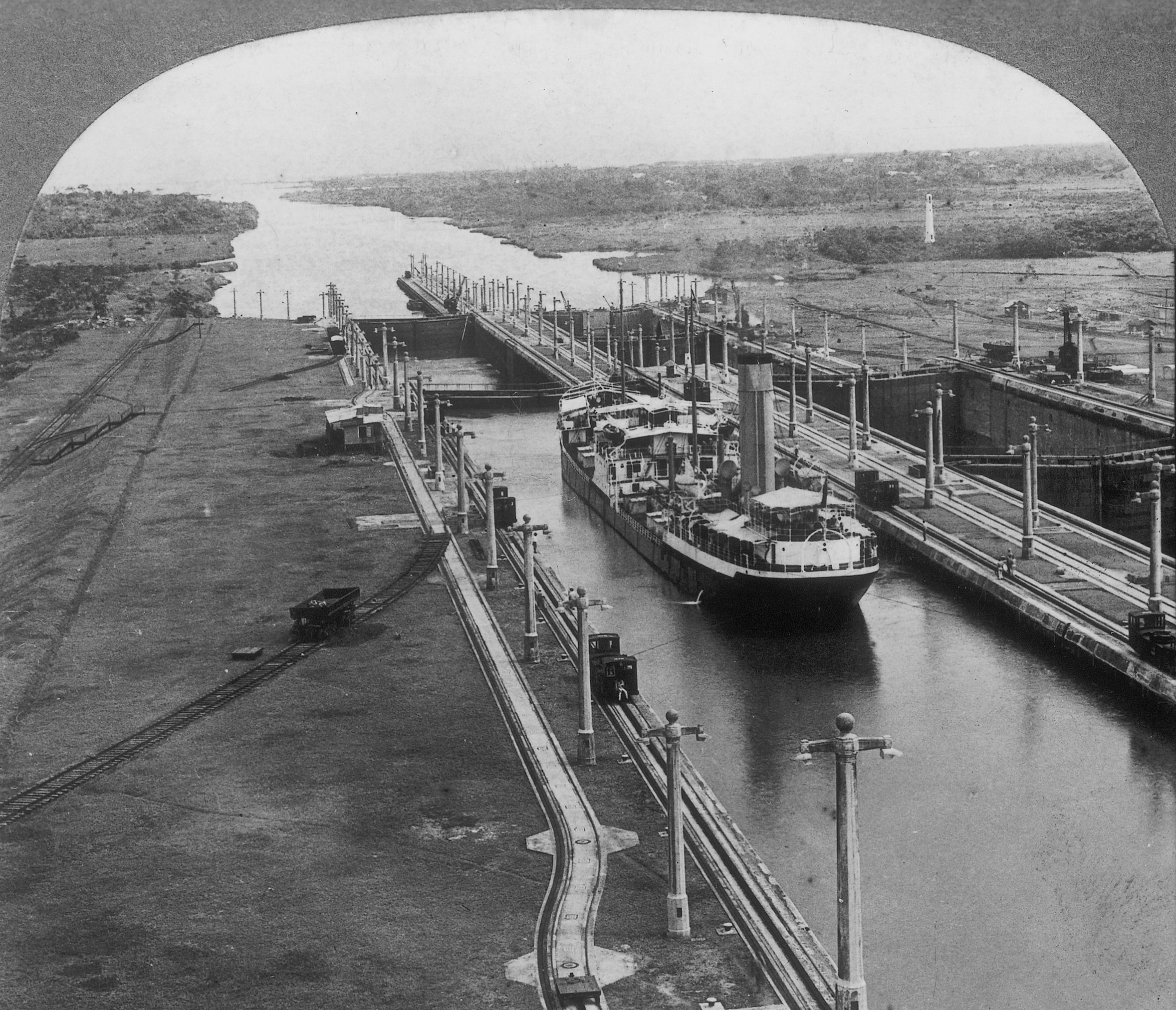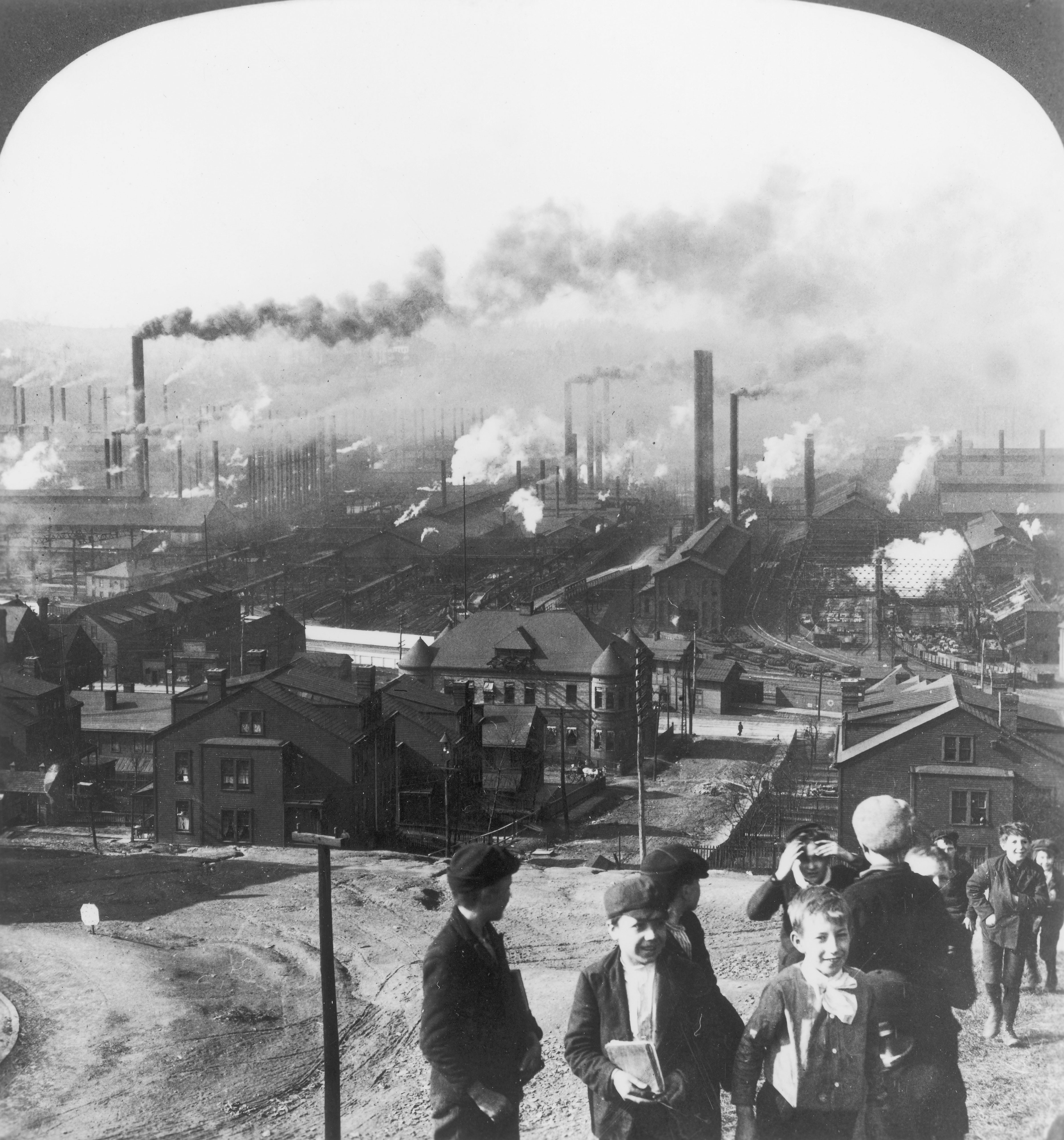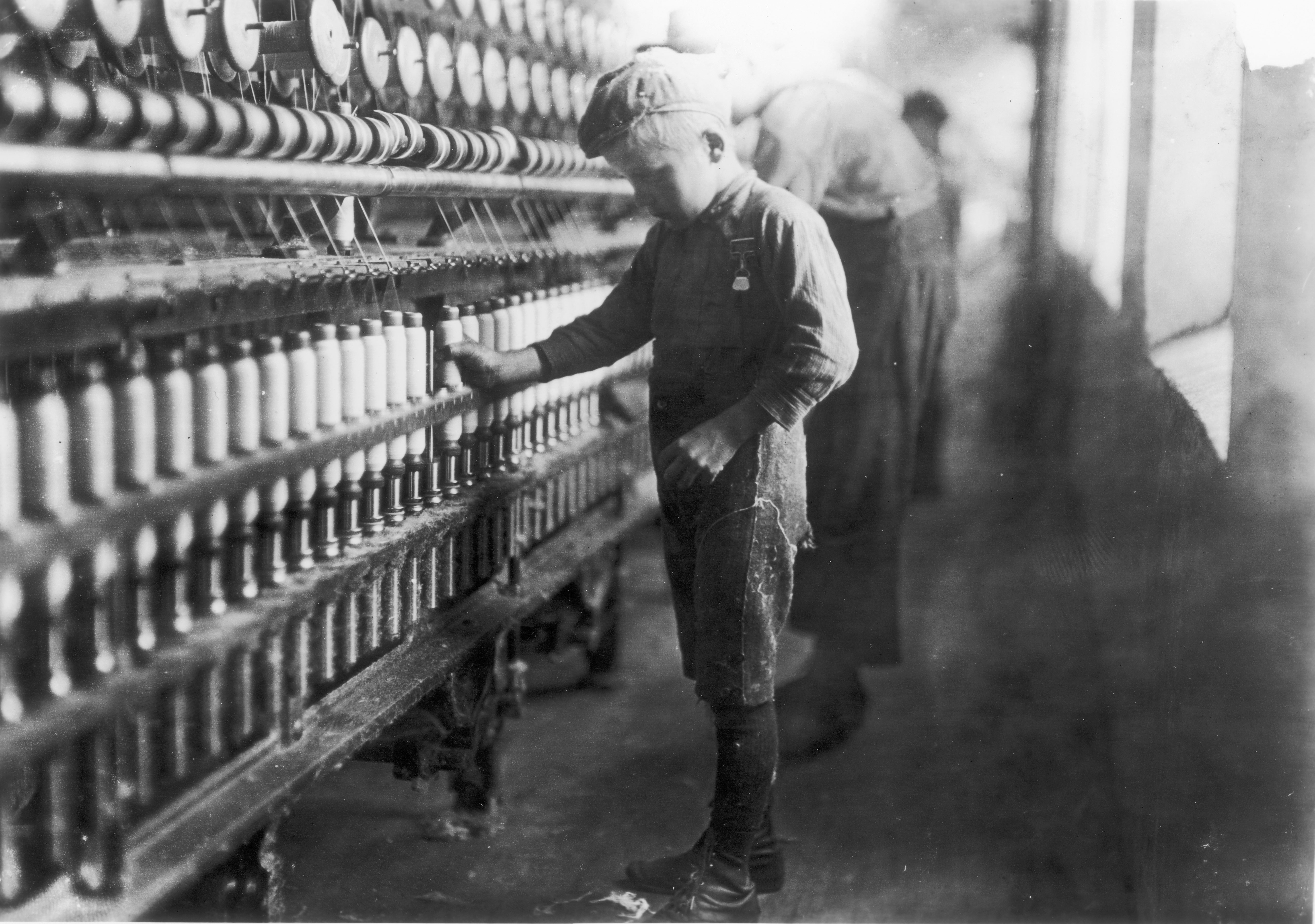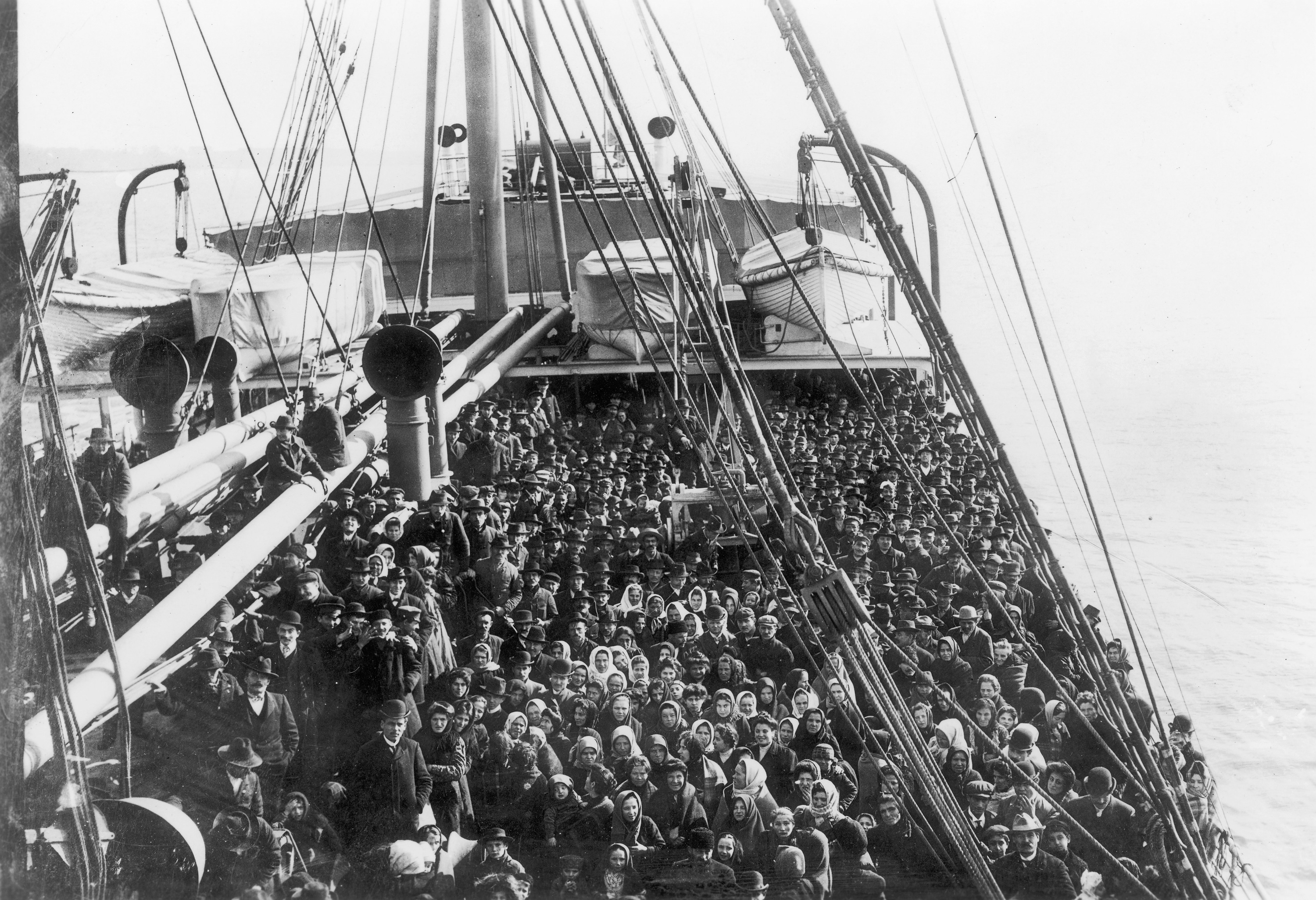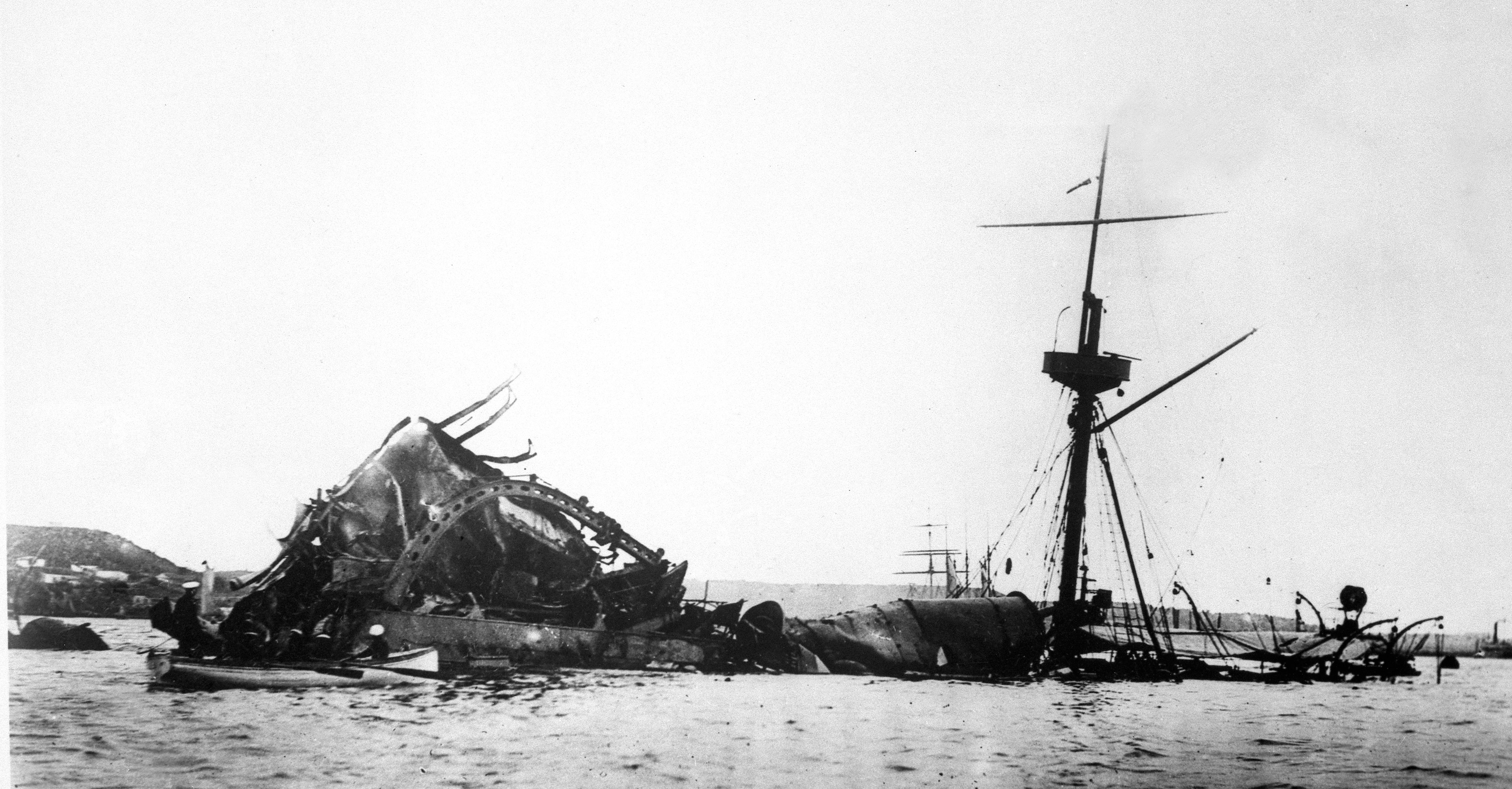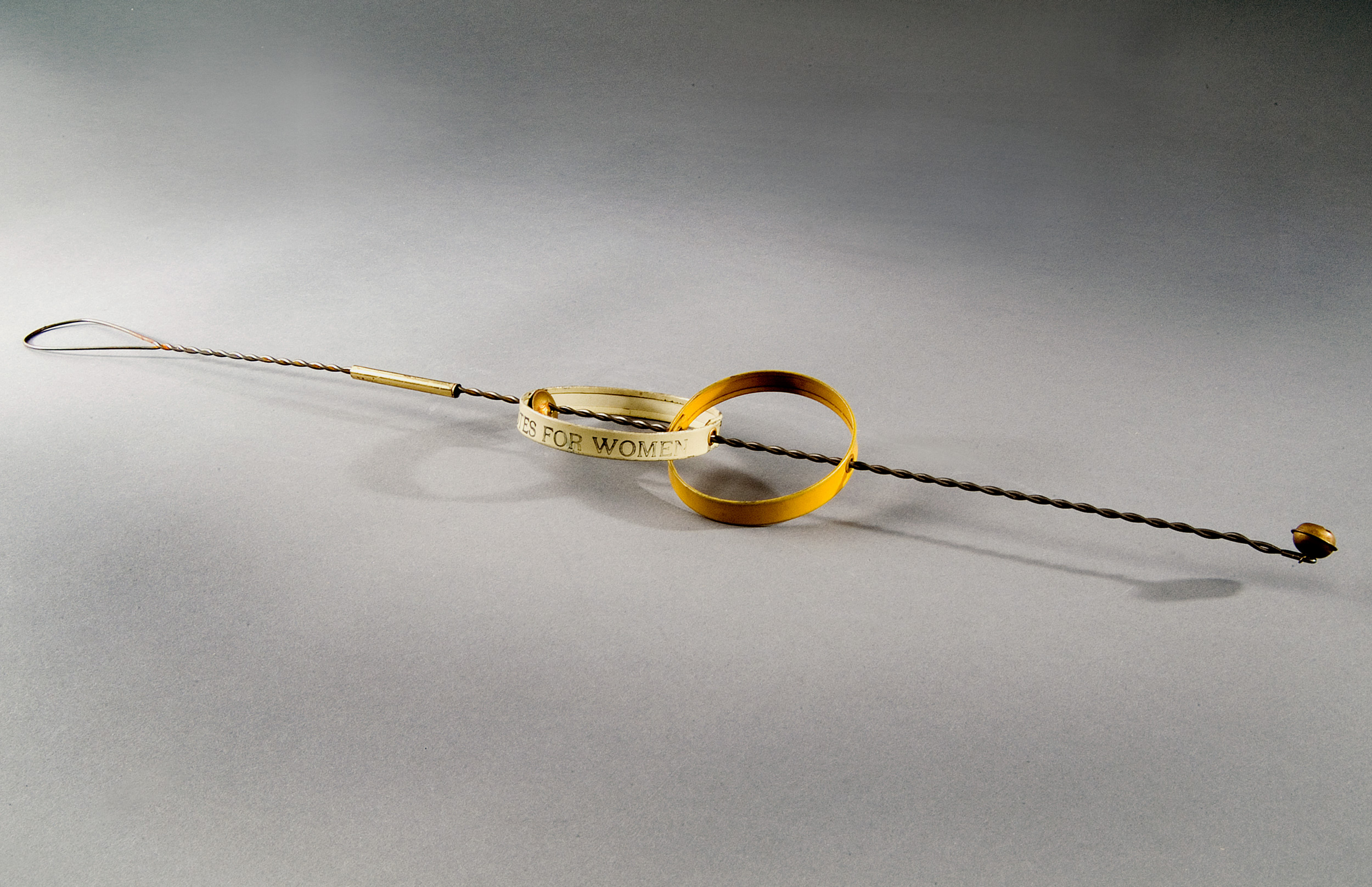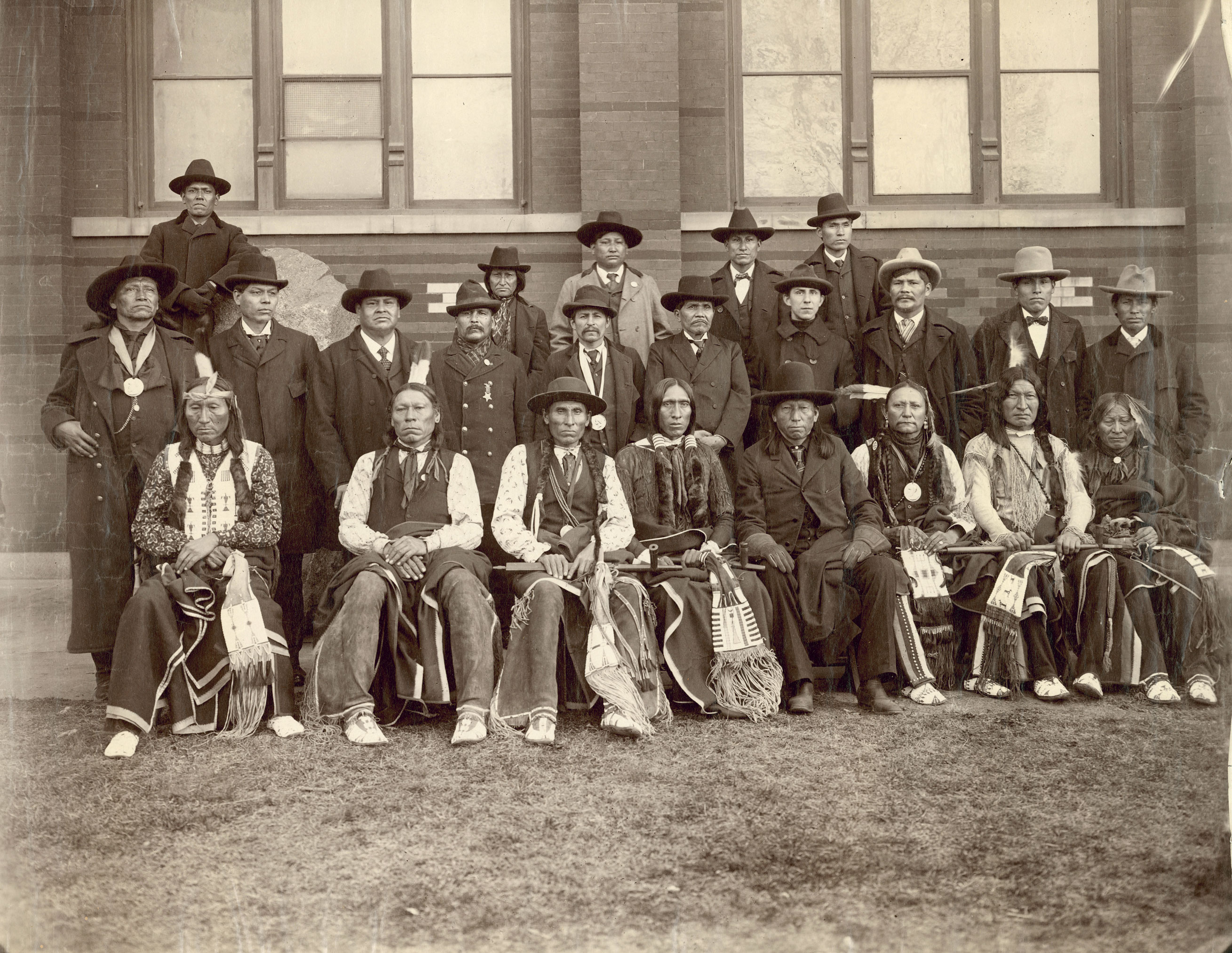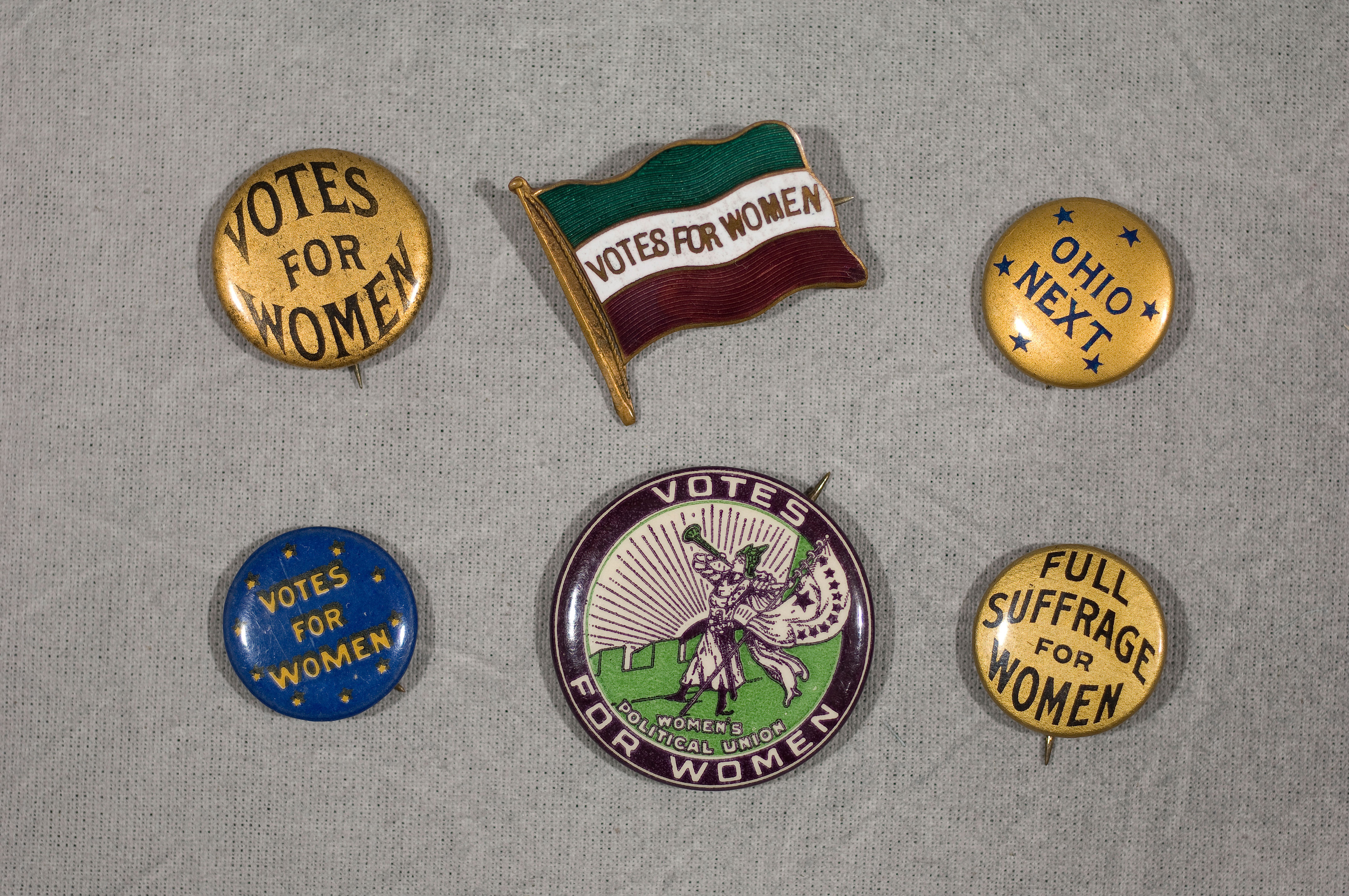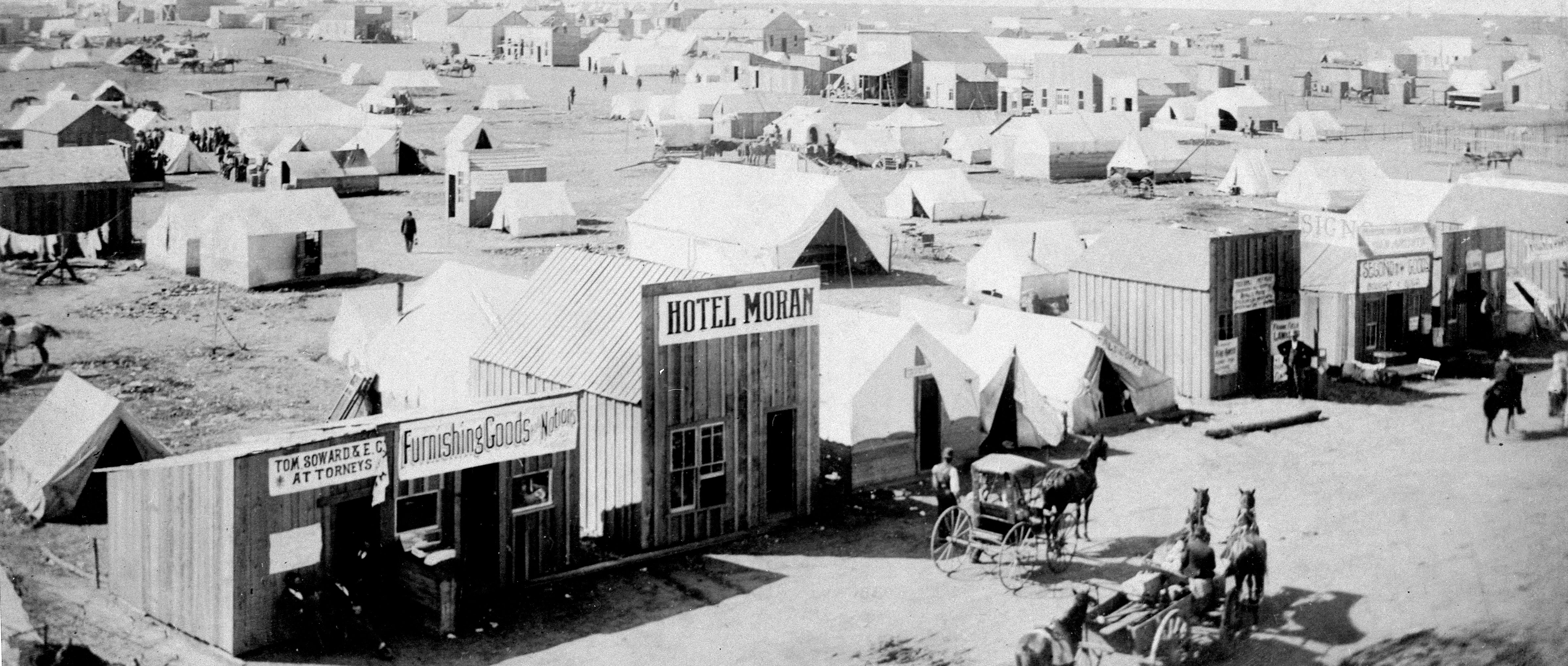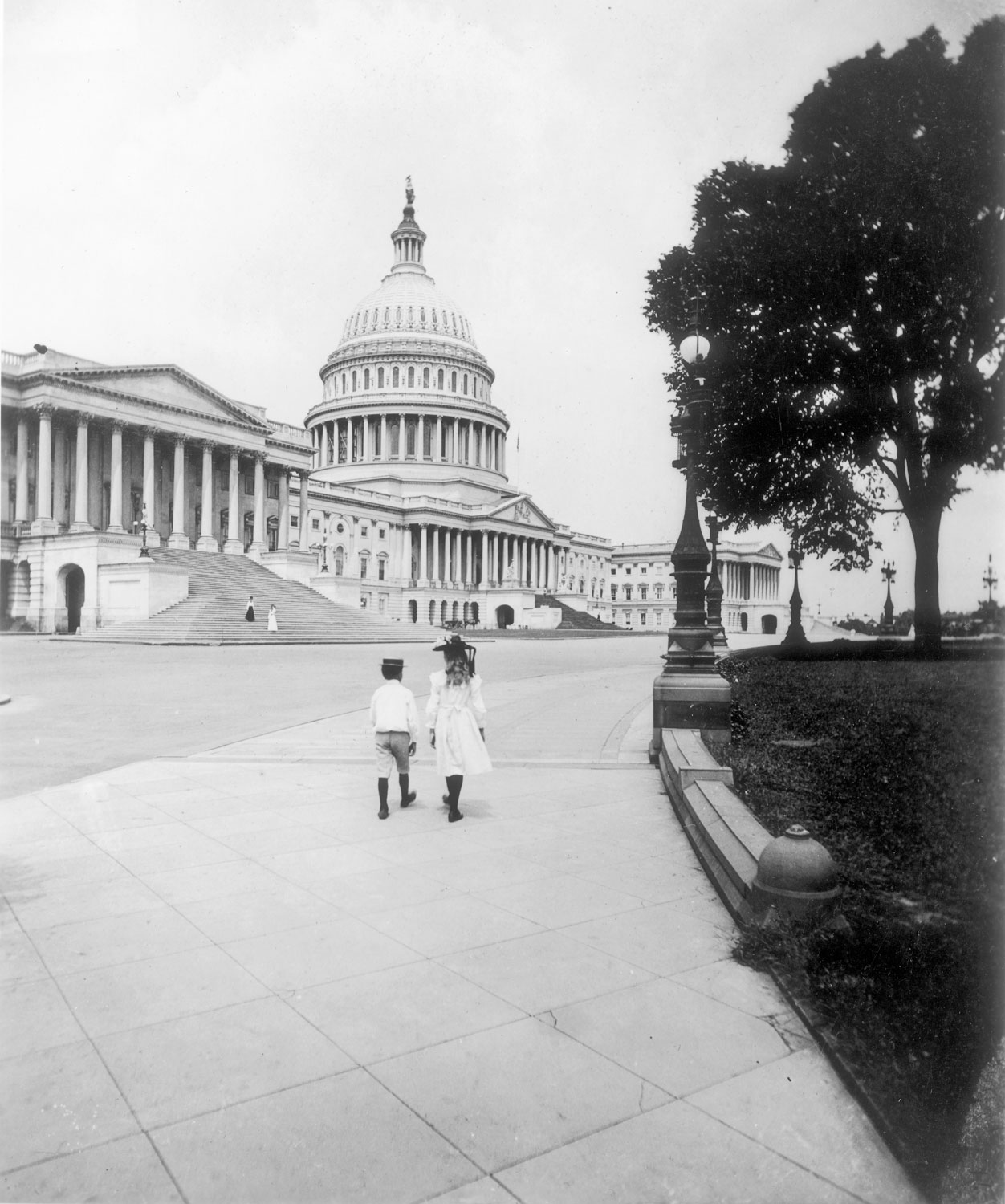Timeline 1877-1913
After the civil war, the country faced dramatic change as a landscape of farms and villages yielded to factories and sprawling cities. An abundance of labor and plentiful raw materials brought prosperity to many, and the image of the United States as a beacon of freedom and opportunity encouraged immigration from all parts of the world. Many workers, including immigrants, racial minorities, and children, however, often toiled long hours in dangerous conditions for little pay. By the turn of the century, reformers in Congress were pressing for new ways to make government more responsive to the needs of poor farmers, laborers, and urban dwellers.
By 1912, a nation of 48 states spanned the continent and was extending its influence overseas. With 10 new states entering the Union, the number of senators increased to 96 and the number of representatives to 435. As members of Congress moved into their first permanent office buildings, congressional service was becoming an increasingly demanding full-time occupation, a major change from the 19th century, when members seldom met for more than six months in each year.
